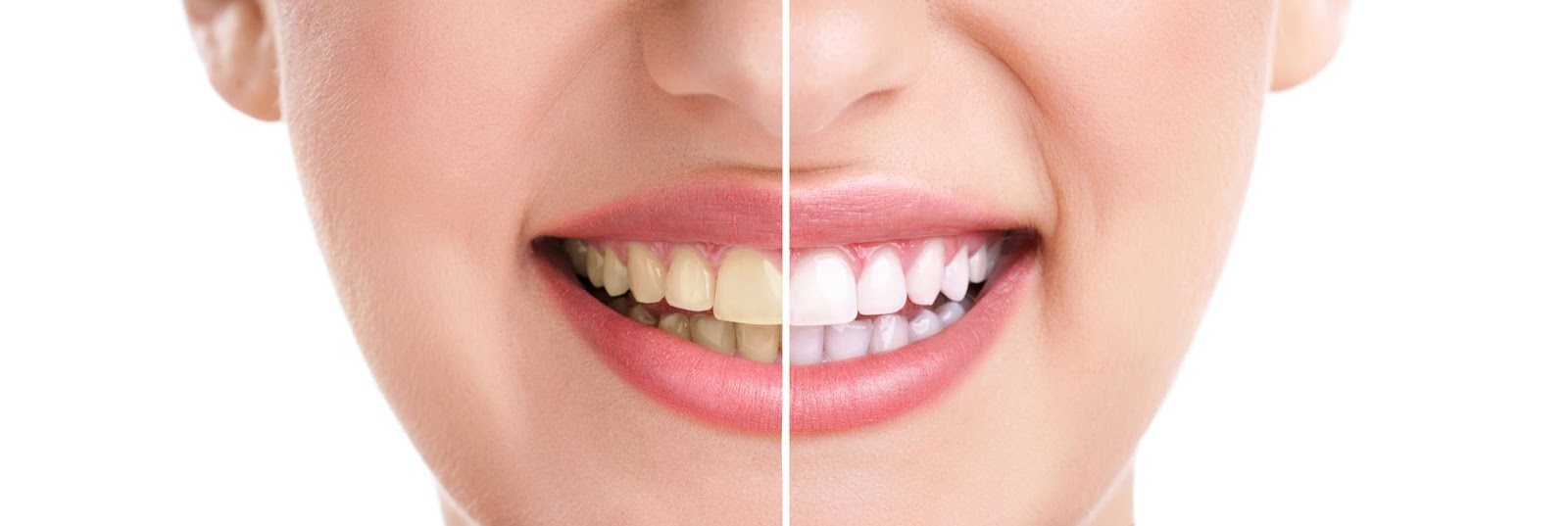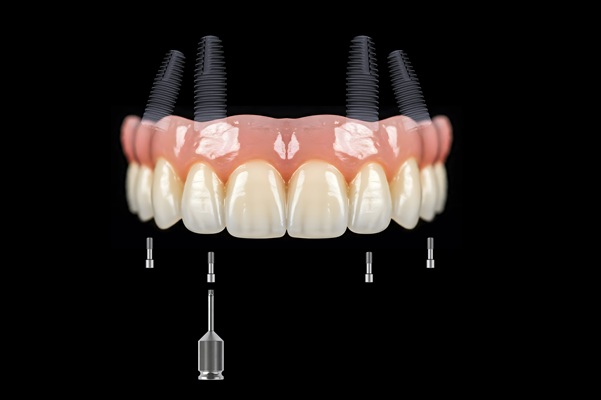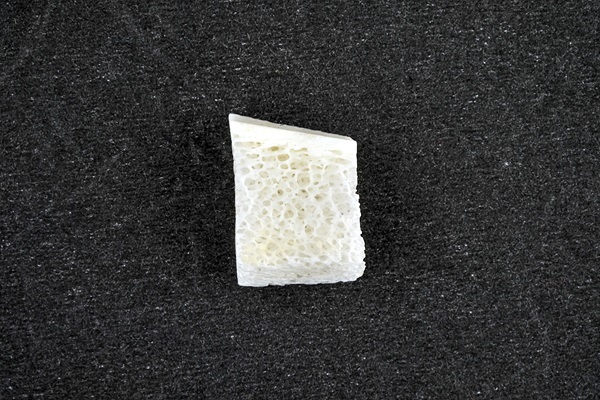Teeth Whitening Options for Your Type of Dental Stains

With the demand for radiant, white smiles rising, teeth whitening a has become a global industry worth millions of dollars. Because teeth whitening products are highly prevalent in our culture, it can be challenging for consumers to choose between the various options.
Not all whitening treatments are created equal. In fact, the Food and Drug Administration (FDA) does not have to approve tooth whitening products before they hit our shelves. The lack of regulation leaks ineffective and even unsafe whitening products to the general public.
This article discusses effective methods used to whiten teeth based on how the teeth are stained.
Surface-Level, Extrinsic Staining
Extrinsic stains affect the outermost layer of the tooth (enamel). Superficial stains are primarily the consequence of external factors, including diet, smoking, and aging. Because these types of stains are surface level, they respond to the bleaching agents in teeth whitening treatments.
1. At-Home Teeth Whitening Treatments
While some store-bought treatments can lift staining, it is essential to know that they are not as effective as professional whitening treatments. Unquestionably, the active agent in at-home teeth whitening solutions is not as concentrated as professional whitening solutions and can only brighten the teeth up to two shades. Additionally, when whitening treatments are not applied by a professional, users potentially sacrifice precision, leading to irritated gums.
2. In-Office Whitening Treatment
In-office treatments offer dramatic and immediate improvements to your smile. They work by removing surface-level stains and gently bleaching the tooth enamel to restore a stained tooth to its original brilliance.
The dentist applies a bleaching agent to the teeth during a teeth whitening treatment and activates it with a blue LED light. After one session, in-office treatments can lighten teeth up to eight shades.
3. Professional Whitening Trays
If you insist on whitening your teeth at home, ask your dentist about customized teeth whitening trays. When your dentist creates a customized tray to fit your unique bite, it becomes safer than store-bought whitening trays. Ill-fitted, over-the-counter whitening trays are associated with the bleaching agent leaking and irritating the gums. A custom-made whitening tray can keep the bleaching gel on the teeth instead of gums.
Deep, Intrinsic Staining
Unfortunately, not all stains can be treated with whitening treatments. Intrinsic stains discolor underneath the tooth enamel and are more challenging to treat. Overexposure to fluoride during childhood, dental trauma, and certain medications (including in-vitro tetracycline) can deeply stain teeth.
Because the discoloration is not surface-level, intrinsic stains do not respond to whitening treatments. As an alternative, dentists may suggest the following:
1. Veneers and Lumineers
Crafted from thin ceramic shells, dentists bond veneers and Lumineers to the front of the teeth to conceal deep staining and other cosmetic imperfections.
2. Dental Bonding
Dental bonding can hide intrinsic stains with an enamel-colored dental compound. Dental bonding is a quick, affordable solution for minor intrinsic stains but does not last forever.
3. Dental Crowns
If patients experience dental trauma, the dentist must remove the damaged interdental tissue. A crown can strengthen and improve the appearance of a hollow tooth.
Discuss Your Teeth Whitening Options Today
Teeth whitening is not a one-size-fits-all situation, so seek professional advice to understand how to improve the appearance of your teeth. At Advanced Family Dentistry, Dr. Payam K. Asadi assesses the staining on the teeth and chooses effective methods to brighten and whiten teeth. Please call (520) 353-3002 or conveniently book an appointment online for more information on teeth whitening options in Tucson, AZ.
Recent Posts
An All-on-4® treatment can replace multiple teeth. This extensive procedure is for people who are going to have several teeth extracted. It is also for those who have lost many teeth already. Knowing all that you can about the teeth-replacement options available to you is important. If you want to know if an All-on-4 can…
A bone graft is a surgical procedure for correcting issues with bones or joints. It involves transplanting bone tissue to a deficient area and is beneficial for bones that are damaged or lost due to trauma or tooth loss. Advances in dental technique and technology have made the procedure easier and effective for stimulating jawbone…
Denture repair involves restoring broken dentures to like-new condition. Before the restoration, general dentists examine the dentures to check for various damage. Next, the dentist provides the lab technician with detailed instructions to ensure appropriate repairs occur. Following the exam, a patient's dentures undergo repair at a dental laboratory.Patients should never ignore their dentures if…
Wisdom teeth are late-stage molars. When they emerge from the gums and squeeze by your existing teeth, in a process known as impaction, they may cause a lot of pain. Impacted wisdom teeth can sometimes cause jaw alignment issues, sinus issues, recurrent cavities, and cysts.Some individuals are lucky enough to avoid such wisdom tooth symptoms…


